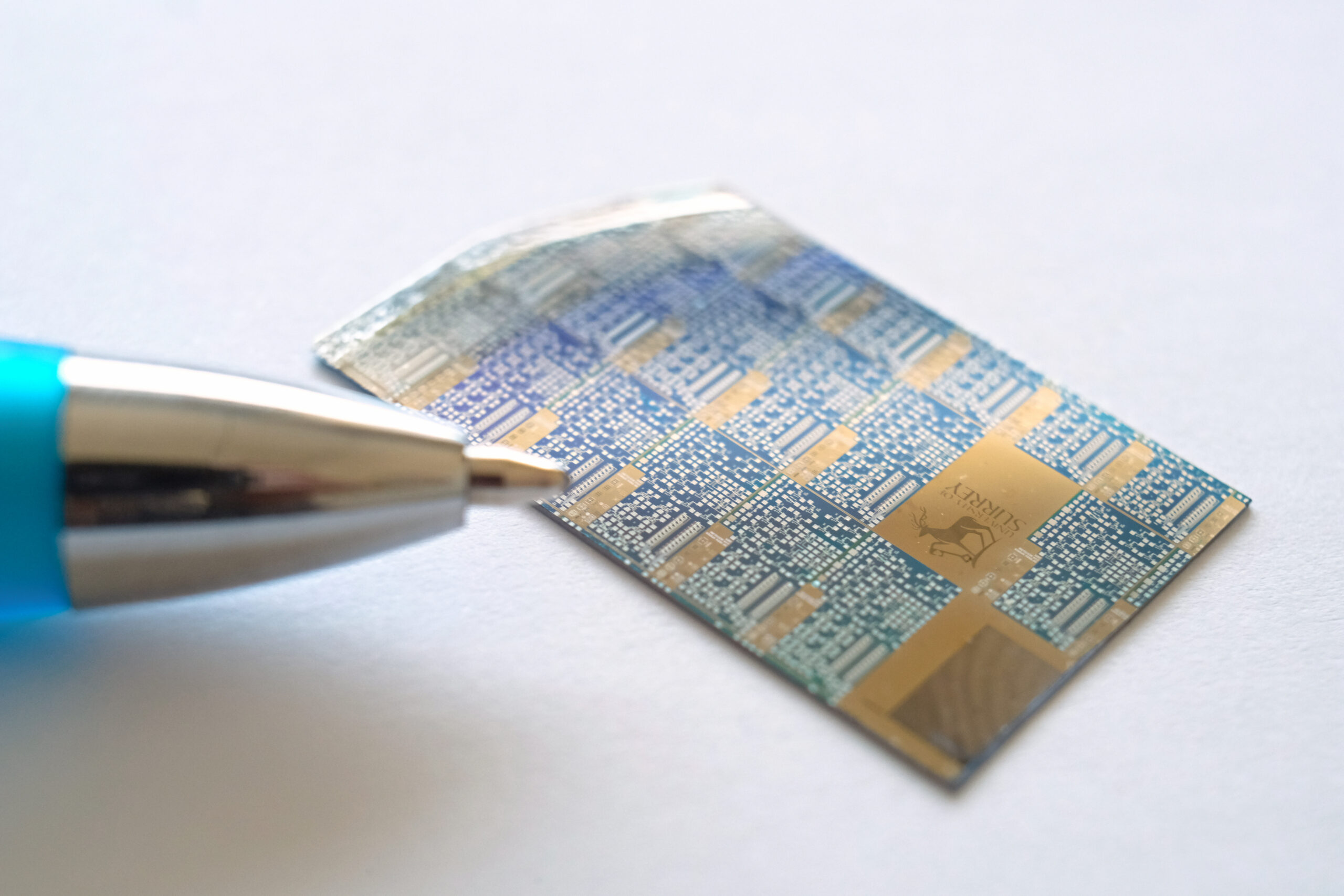The new technology promises to cut production cost by up to half, reduce harmful waste materials and boost energy-efficiency.
Developed by Dr Radu Sporea, an Associate Professor of Semiconductor Devices at the University of Surrey, and Dr Eva Bestelink Senior Research Fellow at the institution’s Advanced Technology Institute, multimodal transitor screens could replace industry standard TFTs.
The nascent development could benefit the market and consumers in multiple ways, and find its way into smartphones, watches, medical devices and more in the near future. Set to debut at the Display Week 2025 Technical Symposium in San Jose, California, the development is considered simpler than previous options for the same functions. It also offers a greatly improved image quality.
‘Our invention challenges decades of industry practice by embracing properties usually seen as flaws. In most displays, engineers try to eliminate the energy barriers that form where metals meet semiconductors because they restrict current flow,’ said Dr Sporea. ‘But instead of working around them, we’ve made those barriers central to how our transistors operate.
‘Using these effects deliberately, we’ve shown that the electronic circuits at the heart of display screens can be made with fewer components and processing steps – reducing waste, cutting costs and improving performance,’ they continued. ‘And because it works with existing materials and tools, it’s a smarter, more sustainable upgrade for the screens we use every day. For the user, the reduced power requirements in operation will also mean significantly improved battery life.’
Simulations of MMTs have already sparked interest across a number of industries, including real-world applications for AMOLED and micoLED displays – both of which are at the cutting edge of screen technology. The University of Surrey innovation can also be integrated quickly into existing supply chains, minimising disruption.
‘I’ve been working on this technology since my undergraduate days at Surrey, where I had the idea to develop a transistor based on neural behaviour, so seeing it evolve into something with real-world potential is incredibly rewarding. We’ve shown that it’s possible to rethink how displays are built without starting from scratch,’ said Dr Bestelink.
‘The MMT lets us design circuits that perform better while also being cleaner and cheaper to make. That’s a win for manufacturers, a win for users and a win for the environment,’ she continued. ‘Beyond displays, it could also have major applications in areas like microfluidics, imaging arrays and hardware AI. We’re still actively researching the AI potential, but the implication for revolutionising manufacturing is clear – especially if we’re to achieve Net Zero.’
More on sustainability:
Sustainability to be taught in secondary schools by leading industry platform
Looks like rain: Vodafone and River Severn Partnership trial network-as-sensor nowcasting

















